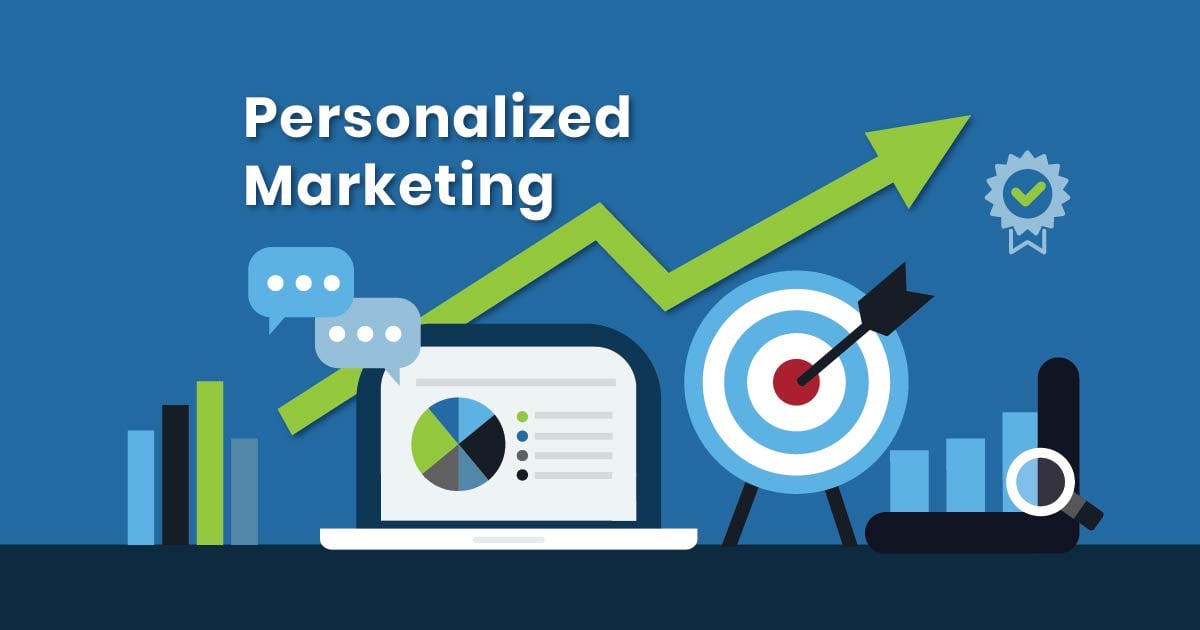| By Denise Solone
| By Denise Solone

The traditional insurance business model has been stable and effective for many years. However, the rumblings of digital disruption is shifting the foundation of that model as products and services are delivered differently. The impacts of insurtech and other third party players are beginning to change the very essence of insurance products and services and eventually could change the entire model itself.
Personalization presents a compelling case as a differentiator. It improves customer acquisition, upsell and cross-sell success, and customer retention and loyalty. Accenture research indicates that 41% of U.S. consumers switch brands due to lack of personalization and trust1. Even as exciting new technologies allow companies to provide improved products and services, customers are really just looking for brands that understand them and their needs. Insurers that harness the power of emerging technology — including insurtech — and use it to tailor their messaging and offerings to customers will ultimately stand on higher ground than those that don’t.

Personalized marketing is a compelling strategy for insurers to leverage during this wave of digital disruption. It enables them to compete with disruptors and enjoy the financial fruits of retaining customers they would have otherwise lost. It also provides a better experience for customers in the form of tailored messaging, customized offers, and targeted pricing at just the right time.
Effective personalization rests on insurers’ capacity to collect customer data, deeply analyze that data, and implement sophisticated marketing technology to generate sophisticated, well-timed offers. The benefits of personalization include improved ROI, lower acquisition costs, and enhanced up-selling and cross-selling abilities. While the insurance industry has lagged behind others when it comes to actualizing these types of refined marketing campaigns, the potential gains are clear. Other industries that tap into personalization enjoy lower customer acquisition costs (by as much as 50%2), a boost in revenues (upwards of 40%3) and customer satisfaction (between 5 to 10%4), and bumps in marketing ROI (by a factor of between 5 and 105).

Effective personalized marketing campaigns have a sturdy foundation in data, decisioning, design, and distribution6. Campaigns and programs rooted in these four key areas have a better chance of success and can drive increased top-line sales and bottom-line profitability. We look at exactly how below.
![]() Data: Identifying Unmet Needs
Data: Identifying Unmet Needs
In every industry, there are certain customer journeys that have the greatest potential financial impact. Insurers need to take stock of their most valuable customer journeys and prioritize according to value. In some cases, it may be auto customers in the process of moving. In other cases it may be first-time car buyers. Identifying these high-priority customer journeys requires some digging to pinpoint unmet needs or potential needs. In classifying these journeys, insurers can formulate highly personalized campaigns with the right offer at the right time.
![]() Decisioning: Using Customer Behavior to Trigger Effective Campaigns
Decisioning: Using Customer Behavior to Trigger Effective Campaigns
One of the reasons personalized campaigns outperform traditional point-in-time campaigns (e.g., a campaign triggered every first Tuesday of the month at noon) is because they are triggered by specific customer behaviors that are associated with an unmet need. Let’s say a prospect fills out a “get more info” form for auto insurance on an insurer’s website. It is more impactful to send them a series of lead nurture emails over a 2 week period with targeted information on auto insurance than it is to just add that person to the monthly newsletter list (which may not be scheduled to go out for another 3 weeks and that may not contain auto insurance-specific information).
The key is to analyze the results of such campaigns not just by marketing metrics but by overall business impacts as a result of behavioral changes driven by campaigns. Click-through rates on an email are not enough to determine success; insurers must look at the follow-through actions (quote requests, policies purchased) and financial implications when measuring results.
![]() Design: Finding the Right Mix to Maximize Effort
Design: Finding the Right Mix to Maximize Effort
The best marketing programs are iterative and agile. Insurers should start small and test against some defined hypotheses before expanding personalization campaigns out to a wider audience. Executing in this manner allows insurers to see what is working and what isn’t fairly quickly, and then pivot as the personalization campaigns expand out to additional channels and audience segments. It can reduce costs and streamline personalization programs by enabling teams to build out best practices as they go, defining processes that work to expedite successful results.
![]() Distribution: Test, Pivot, Invest
Distribution: Test, Pivot, Invest
There are thousands of marketing automation tools available, but this powerful technology often goes to waste when businesses engage them too soon. Insurers are well-advised to formulate best practices and processes with existing marketing tools, data, and software through an iterative testing process. With a bird’s-eye view of which strategies and tactics yield the best results, they can invest in technologies best suited to automate the way they achieve continued success.

The crux of any effective personalization campaign is deep awareness of the customer. This is built upon a wider range of data than can be gleaned from a CRM. Gender, age, and location only provide a two-dimensional picture of a customer. Even personas that dig a little deeper only present a point-in-time snapshot of a customer as opposed to the living, evolving, dynamic person he/she is.
Technologies like artificial intelligence (AI) can facilitate a deeper awareness of customers based on outside-of-the-box variables like interests, context, behavior, real-time location, and values. The amount of data digitally available is vast, requiring a powerful algorithm to filter and sort through it all in a meaningful way. It also facilitates constantly-evolving profiles for each customer to ensure that the most effective personalized campaigns are hitting the right people at the right time based on real-time data.
The Internet of Things (IoT) is another area in which customer data can be collected. Some insurers offer discounts to customers who connect smart-devices to their insurance policies. Consider the impact as connected cars become more ubiquitous. A driver’s engine light activates, sending real-time diagnostic data. It could signal a potential new car purchase and policy change, which would be valuable information for an auto insurer to have in real-time.

Given the complexities of emerging technologies as well as the wealth of data from which these personalized marketing campaigns can pull, it can be difficult to imagine the possibilities in black and white. Let’s look at a more concrete example:
An auto insurance company is trying to improve customer retention rates and begins deploying personalized marketing campaigns to existing customers. A policyholder named Melissa had a poor experience when filing a claim last year. Understanding this puts Melissa into the “high risk” category for churn, the insurer taps into the following to formulate a plan to retain her:
- Knowledge of industry trends that show policyholders typically shop around roughly two months (60 days) prior to the policy expiration
- Knowledge that roughly one-third of shoppers will switch carriers7
- Melissa’s policy expiration date
- Melissa’s email address
- Documentation of Melissa’s previous poor experience
Using this information and data, the insurer sends Melissa a letter to arrive 60 days before her policy is set to expire. The letter is addressed to her first name and last name (rather than “resident”), includes a personalized note to acknowledge her poor experience and the insurers’ dedication to doing better, and offers a discount for renewing early. The letter also includes contact information for a dedicated account manager through which Melissa can channel any additional questions or concerns, with the promise of a fast response.

Personalized marketing represents a unique opportunity for insurers to boost retention rates and cross-sell new policies despite — and perhaps with the help of — disruption in the industry. Utilizing systems they already have in place for analytics, customer data, and strategic marketing can enable insurers to start realizing positive results much sooner, and more effectively, than the one-size-fits-all method. The key is developing an iterative strategy backed by sound processes, dedication to best practices, and an eye toward the future.
Sources:
(1) Forbes: Three Ways Artificial Intelligence can Enhance Your Personalization Strategy
(2)(3) Kahuna: Artificial Intelligence Real Results
(4)(5) Mckinsey: How Traditional Insurance Carriers can Disrupt Through Personalized Marketing
(6) “The heartbeat of modern marketing: Data activation and personalization” by Julien Boudet, Brian Gregg, Jason Heller, and Caroline Tufft, March 2017.
(7) McKinsey US Auto Insurance Buyer Survey, 2012.
Tags: Customer Experience, Insurance Marketing

Head of Demand Generation & Marketing Ops at One Inc

